First Aid – Who, What, When, Why, Where and How!
Are you responsible for making the arrangement for first aid in your workplace?
How do you know if you need any personnel trained on first aid?
Do you know how many first aid trained personnel you need?
What first aid courses are there?
Why would you need to do a three-day course when there are one day courses available?
What’s the difference between a three day first aid training course and a one day emergency first aid course?
How do you know if you have everything covered?
Do you have trouble getting people to volunteer for additional responsibilities?
What first aid kit do I need?
Where should I place my first aid kits?
If you or anyone else you know has responsibility for arranging the first aid requirements in your workplace then read on.
The Health and Safety (First Aid) Regulations are there to help you and states:
an employer shall provide, or ensure that there is provided, such number of suitable persons as is adequate and appropriate in the circumstances for rendering first-aid to his employees if they are injured or become ill at work
and…
an employer shall provide, or ensure that there are provided, such equipment and facilities as are adequate and appropriate in the circumstances for enabling first-aid to be rendered to his employees if they are injured or become ill at work
The absolute minimum requirement for First Aid training is to schedule an Appointed Person. This is not a qualified first aider but someone who can take control, look after the first aid equipment and call the ambulance. Very often this tends to be a Duty Manager or someone with Line Management Responsibilities.
Then there is the requirement to have considered first aid provision, and carrying out a first aid needs assessment to establish exactly what first aid trained personnel you may need.
Quite commonly, we find that many businesses that are in Shopping Centres or larger managed buildings tend to make incorrect assumptions at this stage such as:
“We don’t need first aiders, the centre security has them so we can call them”
But what they didn’t ask themselves was:
“What if the security staff are the other side of the centre dealing with another incident and I have a customer having a heart attack or has had a major accident?”
So how do you make sure that you have everything covered in your workplace?
First Aid Assessment
We need to start at the beginning and carry out a First Aid needs assessment.
This assessment looks at the hazards and the risks in the workplace.
It looks at areas such as:
- the nature of the work and workplace hazards and risks;
- the nature of the workforce;
- the organisation’s history of accidents;
- the size of the organisation;
- the needs of travelling, remote and lone workers;
- work patterns;
- the distribution of the workforce;
- the remoteness of the site from emergency medical services;
- employees working on shared or multi-occupied sites;
- annual leave and other absences of first-aiders and appointed persons;
- first-aid provision for non-employees.
Once this is complete then we can consider if your workplace is low, medium or high risk.
The Health and Safety Executive (HSE) give a table of suggested number of first aiders for the workplace dependant on risk, this will help you decide what type of first aid course you should provide and from your needs assessment how many first aiders will be required.
So what are the courses I hear you shout?
There are 2 main types of first aid courses:
*as of the 31st December 2016 both first aid courses above will have automated external defibrillator introduction training included
The contents of the courses are the same except there are more subjects on the 3 day first aid course.
These courses provide learners with the confidence and skills to help someone who is:
- unresponsive and breathing
- unresponsive and not breathing (including the use of an automated external defibrillator/AED)
- having a seizure
- choking
- bleeding heavily
- suffering from shock
- burnt.
It also includes information on:
- dealing with an emergency
- assessing a casualty
- monitoring a casualty
- where to get help
- electrical incidents
- accident recording and reporting
You may also need specialist extra training such as Oxygen or Catastrophic bleeding.
First Aid Equipment
The absolute minimum first aid equipment provision is one fully stocked first aid kit, but is that enough and where do I put it?
Firstly, from you needs assessment you will be able to see how many areas you have, this will indicate to you how many first aid kits you need by:
- how many floors /areas you have
- different risks in different areas
- how may staff in that area
- remote workers, drivers etc
So looking at the above one first aid kit may not be enough.
The first aid kits you purchase should be sufficient in size and stock for people in that area and be suitable to the risk i.e. a kitchen may also want to purchase a Burns Kit.
We would recommend the BS8599-1 first aid kit as this includes face shields etc. where the very basic ones don’t and we shouldn’t carryout mouth to mouth without one.
All first aid kits should be in a visible area and preferably near the hazard or risk.

I am sure you have been told that we can’t hold any tablets, medication or creams in your first aid kits but did you know we can hold in a sealed container and dated 300mg of Aspirin for heart attack first aid?
What can we do to help?
OK you still reading on, interested to know how we can help you at DDS?
First we can assist with your First Aid Needs assessment.
We can help with providing first aid courses too.
Our First Aid Courses can be held at your premises or at our training centre in Sittingbourne.
We can provide the Emergency First Aid a Work (One Day) course, and the full First Aid at Work (3 day Course).
We recognise that for many businesses releasing people for three days in a week is unrealistic, so we can run the three-day course over three weeks at one day per week.
Then there’s the quality of the course, not all First Aid courses (or trainers) are the same.
At DDS we pride ourselves on the unique way we run our first aid courses. We want our delegates to enjoy the course and leave confident that they can effectively discharge their learning in the event of a real emergency.
We include in our first aid courses a Casualty Simulation exercise where we all get our hands bloody and put into practise what we have learnt.
This part is fun learning and putting a bit of real life into the mix so we can see how we can handle the sight of blood or an exposed bone.
CALM down its all fake and we have some good kit.
We also cover Anaphylaxis and how to use the auto injectors (Epi-Pen, Emerade and Jext)
As a bolt extra* onto the first aid courses we also offer Catastrophic bleeding with Tourniquets and Haemostatic dressings for those of you who work with dangerous machinery.
*extra cost for this bolt on
Interested? Then please do not hesitate to drop us an email or give us a call, we’d love to hear from you. We are a friendly bunch so always ready for a good chat and will listen carefully to your needs to see how we can help.
So what are you waiting for, give us a call or drop us an email, we are a friendly bunch and would love to hear from you.

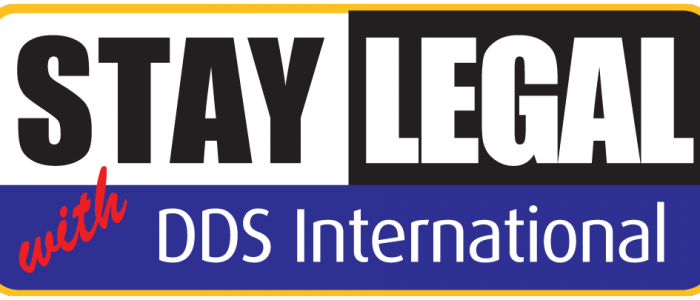
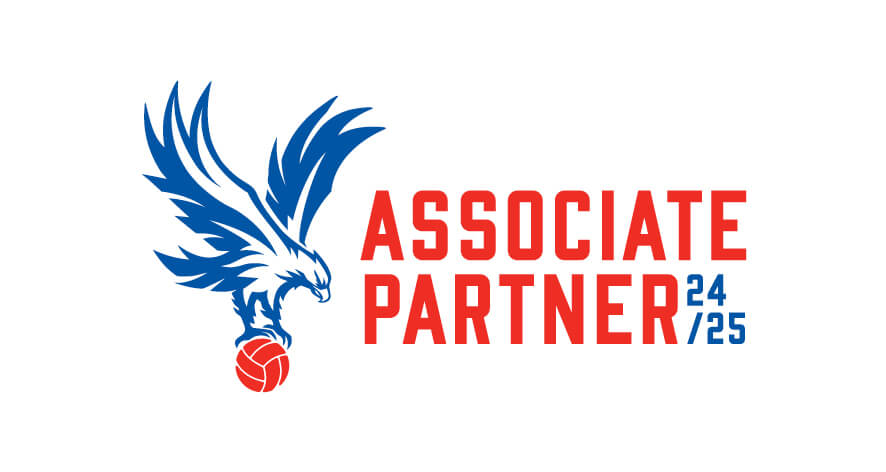
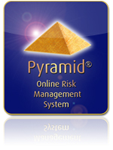


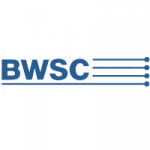
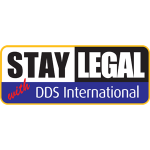


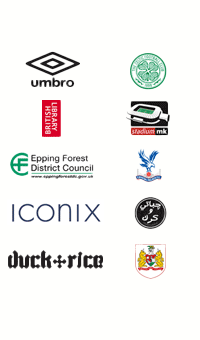
Comments are closed.